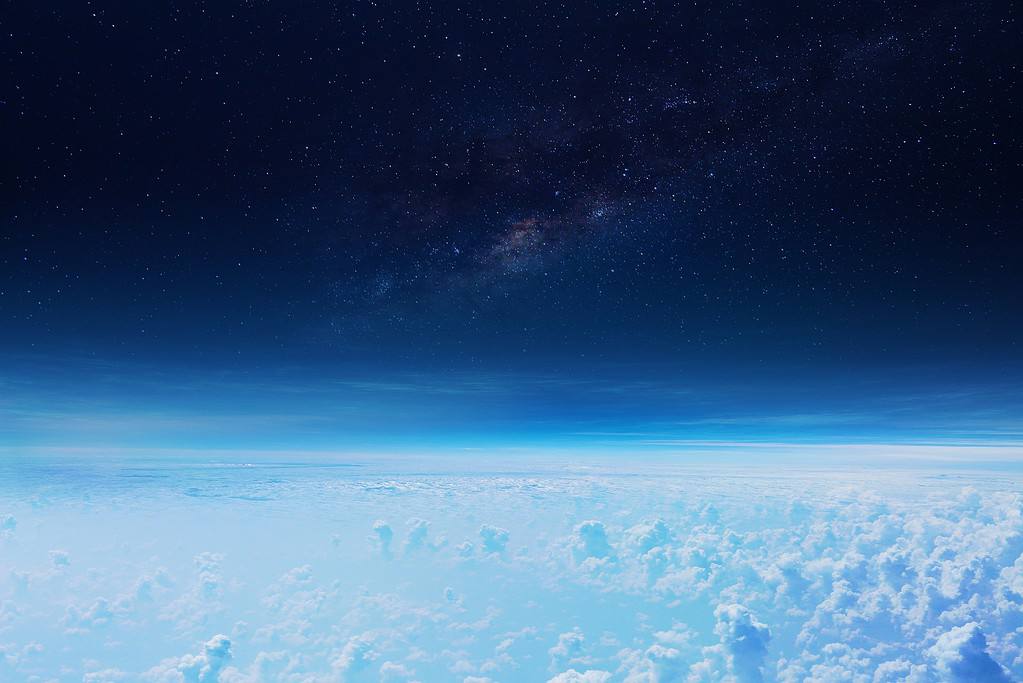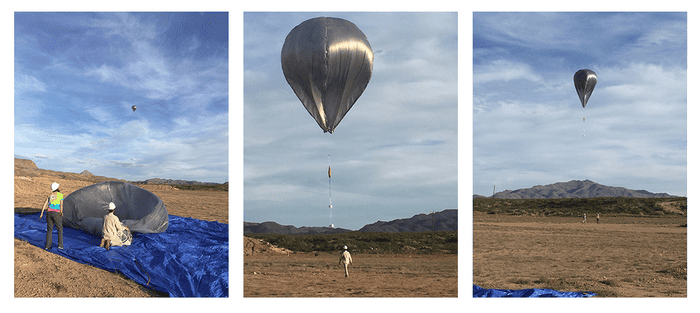
The stratosphere, a tranquil layer of Earth’s atmosphere, rarely witnesses the bustle and disturbances caused by planes or turbulence. But that doesn’t mean this peaceful sanctuary high above the clouds is completely silent.
Scientists recently strapped microphones to a solar-powered balloon nestled in the stratosphere, capturing an extraordinary medley of natural phenomena—colliding ocean waves, rumbling thunderstorms—and even manmade sounds like the whir of wind turbines or the explosive echoes of detonations.
That’s pretty extraordinary considering the special microphones — which can record infrasound, meaning acoustic waves inaudible to the human ear — were hovering at over 21,000 meters (70,000 feet) above the surface.
But amidst these familiar sounds, researchers also came across bizarre noises. These unidentified auditory signals reverberate through the stratosphere, their origins shrouded in mystery.
Unexplained harmonies high up in the sky

The recordings were revealed at the 184th meeting of the Acoustical Society of America in Chicago by a team of researchers led by Daniel Bowman, a principal scientist at Sandia National Laboratories.
Although the technology involved in recording infrasound in the stratosphere is pretty high level, the balloons themselves that carried the recording instruments were bare bones.
Bowman and colleagues crafted the balloons themselves, with each balloon spanning an impressive 6 to 7 meters (19 to 21 feet).
“Our balloons are essentially gigantic plastic bags with a touch of charcoal dust inside, lending them their dark hue. We construct them using readily available painter’s plastic, sturdy shipping tape, and charcoal powder from pyrotechnic supply stores,” Bowman explained.
“When the radiant sun rays grace these obsidian balloons, the air within warms up, and buoyancy takes over. This ingenious use of passive solar power effortlessly carries the balloons from the Earth’s surface to heights exceeding 20 kilometers (66,000 feet). Remarkably, each balloon can be fashioned using a mere $50 worth of materials and can be assembled within the confines of a basketball court.”
As the solar-powered balloons gallantly traverse the stratosphere, they carry with them a suite of microbarometers—devices originally designed to monitor volcanic activity.
These instruments enabled the scientists to capture low-frequency sounds and collect valuable data. With the aid of GPS tracking, the researchers meticulously trace the balloons’ paths, an essential task considering they often embark on journeys spanning hundreds of miles and land in remote and hard-to-reach locations.
Earlier in April of 2023, four Chinese spy balloons unleashed national security concerns and a diplomatic debacle. However, Bowman says his team is always careful to notify the Federal Aviation Administration each time they release a balloon in the atmosphere.
Among the anticipated array of human and environmental sounds, Bowman and his team have discovered something beyond their comprehension.
As Bowman explains: “In the stratosphere, there are mysterious infrasound signals that occur a few times per hour on some flights, but the source of these is completely unknown.”
The sheer enigma of these auditory phenomena continues to bewilder the scientific community.
Unraveling the source of these strange sounds may be important for future scientific endeavors. Scientists want to use similar balloons on other worlds like Venus. The Soviets were the first to release atmospheric balloons above Venus with their Vega 1 and 2 missions.
Since then, acoustic technology has gone a long way. Such balloons would be able to capture signals generated by quakes, which in turn could help scientists better understand how Venus — despite being so similar to Earth in many ways — in such an inhospitable hellscape.
Until this happens, the stream of data collected by Bowman’s balloons and others is important for fine-tuning the instruments for missions to other worlds.


